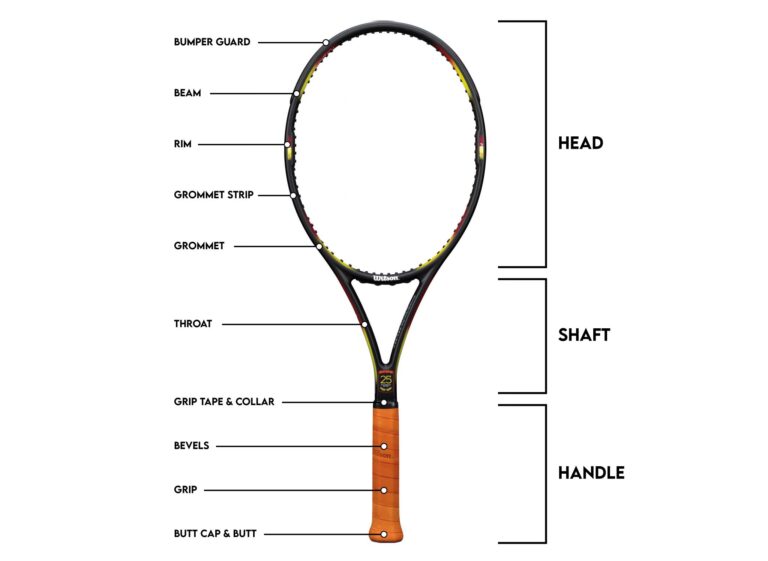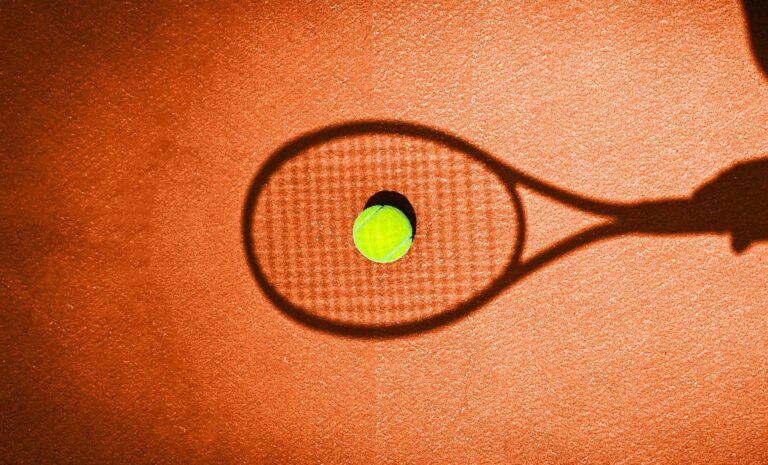When learning the basics of the game, one of the first skills you should pick up is knowing how to keep score in tennis. It’s something all tennis players must be able to do, but it isn’t quite as simple as scoring in other sports. So, to make it a little easier for you to learn, we’ve put together a quick guide to the tennis scoring system.
How to Keep Score in Tennis - Tennis Scoring System
The tennis scoring system is somewhat unorthodox and certainly very different to the scoring systems used in other sports. That being said, it’s actually fairly simple. The short version is that in tennis, points add up to games, games add up to sets and sets add up to matches. Of course, you’ll want more information that that, so below you’ll find everything you need to know to keep score in tennis.
Scoring a Game
Counting points in tennis is a little different. It’s not the usual “zero, 1, 2, 3…” that you’ll find in most other sports. Instead, the terminology used for points is a little different:
- 0 points = “Love”
- 1 point = 15
- 2 points = 30
- 3 points = 40
- Tied score = All
- 40-40 = Deuce
- Server wins deuce point = Ad-In (Advantage In)
- Receiver wins deuce point = Ad-Out (Advantage Out)
So who wins the game? Well, in order to win a game, a player must win at least four points with an advantage/lead of at least two points. So for example, if you’re up 40-love, 40-15 or 40-30, winning the next point will win you the game. In the event that a 40-40 or “deuce” score is reached, the player that wins the next point will take the “advantage”. If the same player wins the point after that, they win the game, but if they lose it, the score returns to deuce.
Scoring a Set
Now that we know how to win a game, let’s take a look at how to win set. Typically, a player or team wins a set when they win 6 games and have a lead of at least two games. However, there are two common set formats that determine how a set will end:
Tiebreak Set
In a “Tiebreak Set”, a player or team needs 6 games to win the set, with a lead of at least two games. If a 5-5 score is reached, the set continues to 7. At 6-6, a “tie break” is played to decide the winner. As the name very much suggests, a tie break is a shoot-out used to decide the winner of a set in the event neither player is able to take a two game lead.
In a tie break, the person due to serve next in the set will start the tie break by serving for one point to the deuce side of the court. After that, the opponent will serve for the following two points starting on the ad side, before switching back to the other player. A simple “zero, 1, 2, 3…” scoring system is used and the first player to win 7 points, again with a lead of at least two points, will win the tie break and the set by a score of 7-6 in games.
Advantage Set
In an “Advantage Set”, the first player to win 6 games with a lead of two games wins the set. Unlike in a tiebreak set, if a score of 6-6 is reached, the set simply continues until either players achieves a two game lead.
Scoring a Match
As we said, points add up to games, games add up to sets and sets will win you the match. So how many sets do you need to win a match? Well, that depends on the particular event you’re playing. Most matches are played to a best of three sets format, though some matches, such as at Grand Slams and the Davis Cup, are played to a best of five sets format.

Best of Three Sets
This is the most common match format and is used throughout tennis at pretty much any level, whether it’s recreational tennis or professional tennis. Matches are played to the best of three tie break sets, so a player or team will need 2/3 sets to win the match. . In the event that each player wins a set, a third and final deciding set will be played.
Grand Slam Match Format
Traditionally, the four Grand Slam events have always used a best of five advantage sets format. As you’d expect though, it’s a format that leads to extremely long matches, like John Isner’s 6-4, 3-6, 6-7, 7-6, 70-68 win over Nicolas Mahut in the 2010 Wimbledon first round that lasted a total of 11 hours and 5 minutes.
So, to create some sort of a limit to these matches, Grand Slam events have changed their match formats in recent years. That being said, they all remain best of five set matches. Since 2019, each of the Grand Slams has a different match format for the men’s singles event:
- Australian Open: final set tie break at 6-6, first to 10 points.
- French Open: final set is an advantage set with no tie break.
- Wimbledon: final set tie break at 12-12, first to 7 points.
- US Open: final set tie break at 6-6, first to 7 points.
Doubles Match Format
For the most part, scoring in doubles tennis is the same, at least at a recreational level that is. In an attempt to make matches faster and “more entertaining” to viewers, doubles matches in professional tennis often have two main changes in format:
- Matches often use a “no advantage” format in games. Essentially, games are played with no advantage scoring, meaning that a deciding point will be played if a deuce score is reached. The receiver chooses whether to receive in the deuce or ad side of the court, and whoever wins the point wins the game.
- Matches have a best of three set format, with the third set being played as a “Championship Tiebreak” (first to 10 points), instead of a regular third set.
And that’s it! That’s everything you need to keep score in tennis. You should now have everything you need to grab a racquet, jump on court and start playing tennis. We hope you’ve found this useful and as usual, if you have any questions feel free to let us know in the comments section below!




